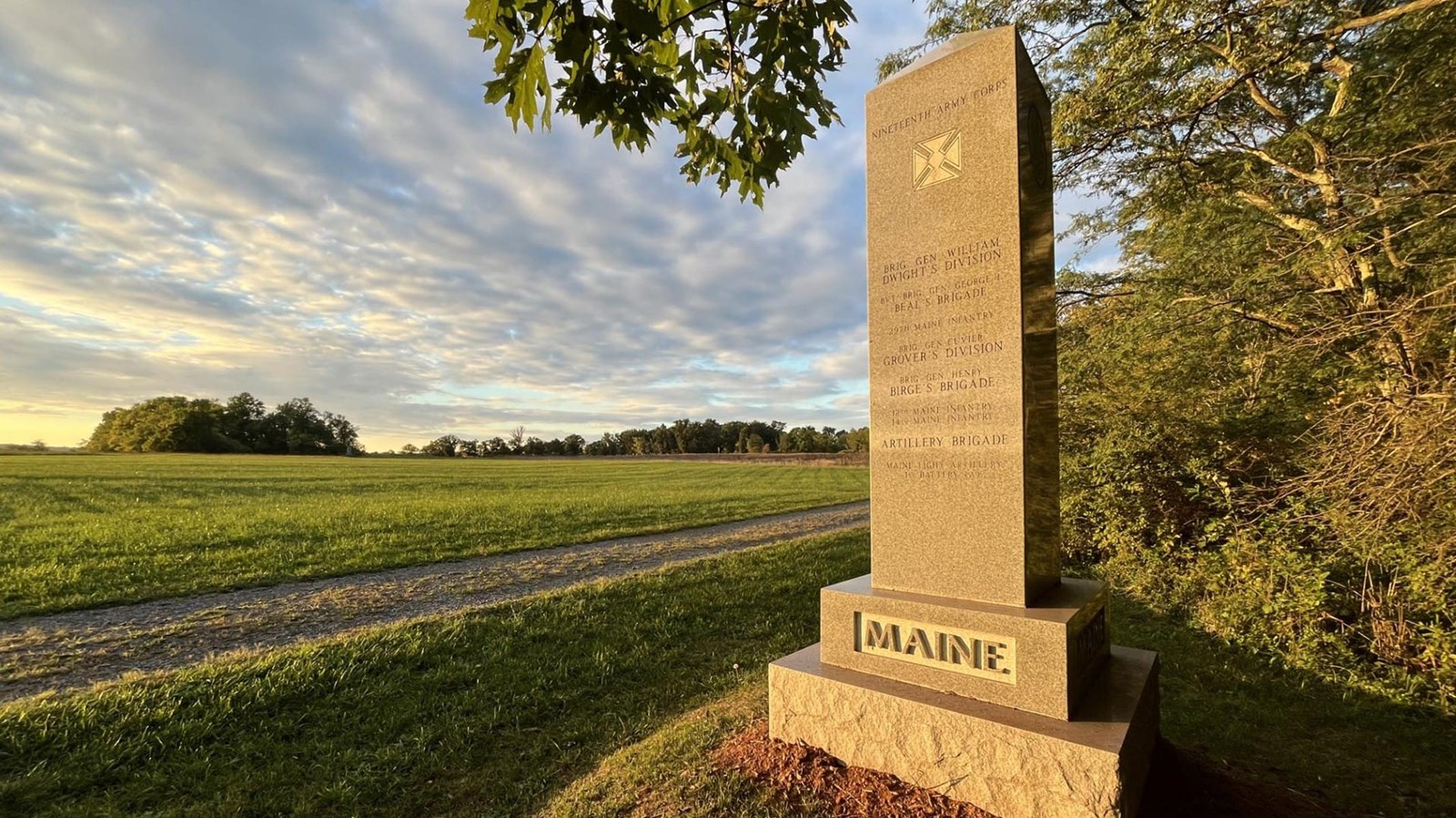Last updated: September 4, 2025
Place
Shenandoah Valley Battlefields National Historic District

NPS/ A. Mazzucco
During the Civil War control of the Shenandoah Valley was critical. The region was known for its wheat production, a crop that helped feed Confederate armies. A road network, which included the Valley Turnpike, was considered one of the best in the nation. The Shenandoah Valley witnessed Stonewall Jackson’s 1862 Valley Campaign, Robert E. Lee’s 1863 Gettysburg Campaign, the Virginia Military Institute Cadets’ famous charge at New Market, and Philip Sheridan's 1864 Valley Campaign - which concluded with the Federal victory at Cedar Creek.
Today, the valley’s historic towns and preserved landscapes offer a wealth of sites where you can experience the region’s dramatic Civil War story. You can also explore the spectacular natural beauty via historic roadways, winding mountain roads, leisurely walking tours, or challenging hiking trails to spectacular overlooks. Historic towns in the Shenandoah Valley offer history and heritage sites, arts and culture, and several dining and lodging options.
In 1996, Congress designated eight counties (Augusta, Clark, Frederick, Highland, Page, Rockingham, Shenandoah, and Warren) in the Shenandoah Valley of Virginia as the Shenandoah Valley Battlefields National Historic District. The purpose of this National Heritage Area is to preserve and interpret the region’s significant Civil War battlefields and related historic sites. That effort is led by the Shenandoah Valley Battlefields Foundation, which works with partners to preserve the hallowed ground of the Valley’s Civil War battlefields and to encourage tourism and travel to the Valley’s Civil War sites. Consider visiting the Shenanandoah Valley Civil War Museum in Winchester or at the Strayer House in New Market.
The Shenandoah Valley Battlefields National Historic District is home to the following NPS units:
